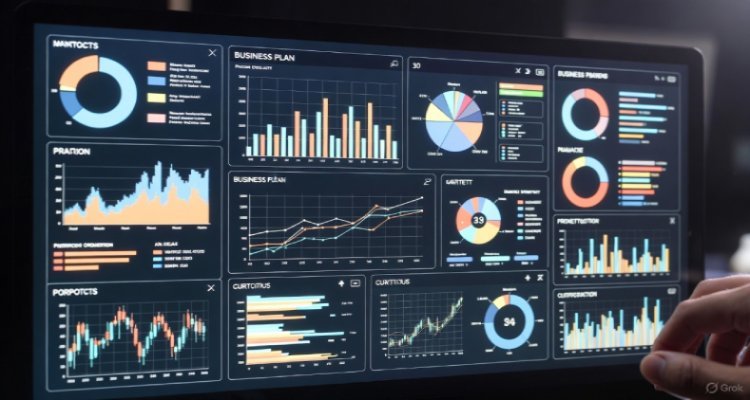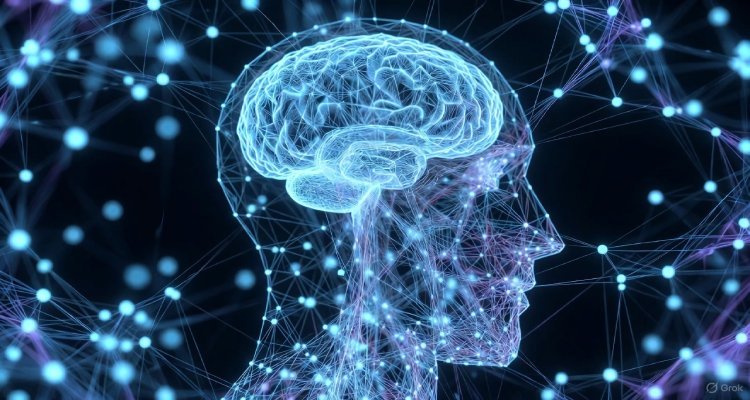Smart Everything: The Year Homes Became Truly Intelligent
2025 marks the year homes evolved from connected to truly intelligent — reshaping comfort, security, and sustainability with next-gen AI-driven automation.
Introduction: From Connected to Conscious Living
Just a few years ago, “smart homes” meant Wi-Fi-connected lightbulbs and voice-controlled thermostats. In 2025, the term has taken on a whole new meaning. This is the year homes stopped simply following commands and started making decisions — learning habits, anticipating needs, and adapting in real-time. Experts are calling it the dawn of “truly intelligent living.”
Context & Background: The Journey to Intelligent Homes
The smart home revolution began in the early 2010s with IoT (Internet of Things) devices like Amazon Echo, Google Nest, and Ring. These systems offered convenience but were largely reactive — responding to prompts rather than predicting needs.
By the early 2020s, AI integration accelerated. Devices started using machine learning to analyze user behavior, track environmental changes, and automate energy usage. However, they still required manual oversight.
In 2025, breakthroughs in edge AI processing, 5G/6G connectivity, and energy-efficient neural chips pushed smart homes beyond “connected” to “cognitively aware.” Now, homes can coordinate multiple systems — lighting, climate, security, and appliances — without human intervention, optimizing for comfort, safety, and sustainability.
Main Developments: The Rise of Autonomous Home Intelligence
This year’s leap forward in home intelligence is powered by three major innovations:
- Contextual AI Engines
New AI cores embedded into home hubs can interpret not just commands but context — factoring in time of day, weather patterns, and even residents’ mood (via biometrics from wearables). - Unified Ecosystem Integration
Instead of isolated devices, today’s smart homes use interoperable protocols like Matter 2.0, allowing different brands to work together seamlessly. Your oven can “talk” to your electric car charger to manage peak energy use. - Sustainability-First Automation
AI now optimizes power consumption by predicting utility rate changes, shifting appliance use to off-peak hours, and even selling surplus solar energy back to the grid automatically.
Major tech players — from Apple’s HomeOS to Samsung’s SmartThings Quantum — have released AI models capable of learning from entire household dynamics, not just individual user preferences.
Expert Insight & Public Reaction
“We’re seeing the transition from ‘remote control’ homes to ‘self-managing’ homes,” says Dr. Elena Morris, lead researcher at the Future Living Institute. “The technology is finally intuitive enough to improve quality of life without requiring constant user input.”
Public adoption has been rapid. A survey by Global Smart Living Insights found that 72% of new home buyers in 2025 consider “full AI-driven automation” a top priority. Social media is full of videos showing homes adjusting lighting to match movie scenes, kitchens preheating ovens when residents leave work, and AI fridges suggesting dinner recipes based on dietary goals.
Still, concerns remain. Privacy advocates warn about continuous biometric monitoring, while cybersecurity experts highlight the risk of AI-driven system hacks.
Impact & Implications: What Happens Next?
The shift to truly intelligent homes is reshaping industries:
- Real Estate: “AI-ready” homes now command a 20–30% premium in the housing market.
- Energy: Grid operators are partnering with smart home platforms to stabilize demand.
- Healthcare: Homes are doubling as wellness monitors, tracking vital signs and detecting falls in elderly residents.
Looking ahead, experts predict fully conversational home AI companions by 2027 — systems that act like members of the household, handling chores, finances, and safety with minimal human oversight.
Conclusion: Living in the Age of Anticipation
2025 will be remembered as the year our homes became more than just shelters. They became partners — anticipating needs, protecting resources, and shaping daily life with intelligence that once seemed like science fiction.
The question is no longer whether smart homes will be mainstream, but how far we’re willing to let them go in making decisions on our behalf. One thing is certain: the age of truly intelligent living has arrived, and there’s no going back.
Disclaimer: This article is for informational purposes only and does not constitute endorsement of any specific products or brands. Readers should consider privacy, security, and compatibility before adopting new technologies.











